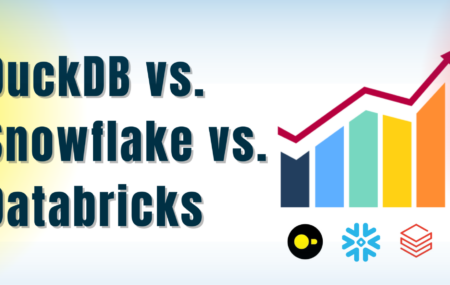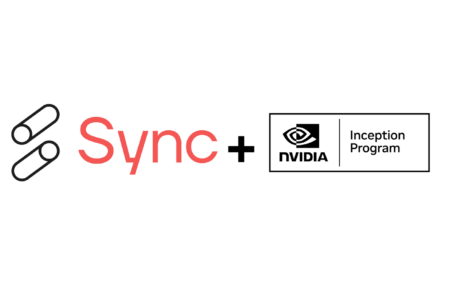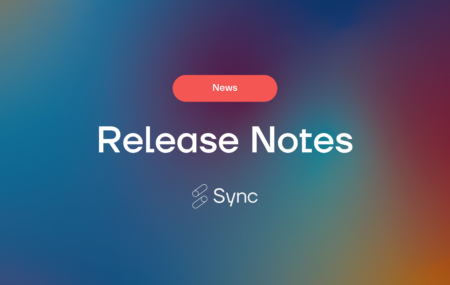DuckDB vs. Snowflake vs. Databricks
DuckDB vs. Snowflake vs. Databricks
A comprehensive comparison for modern data processing The exponential growth of data in recent years has revolutionized the way businesses operate and make decisions. From small start-ups to large enterprises, organizations across industries are leveraging data to gain competitive advantages, optimize operations, and drive innovation. However, with this data surge comes the challenge of efficiently

Noa Shavit
07 Oct 2024

News
Sync Computing Joins NVIDIA Inception to Expand to GPU Management
Sync Computing Joins NVIDIA Inception to Expand to GPU Management
We’re thrilled to announce that Sync Computing has joined NVIDIA Inception, a program designed to nurture startups revolutionizing industries with technological advancements. This collaboration marks a significant milestone in our journey to extend our compute infrastructure management solution from CPUs to also include GPUs for data and AI workloads. Read on to learn how we

Noa Shavit
17 Sep 2024

News
Revolutionizing Data Team Efficiency: Gradient’s New Projects Dashboard
Revolutionizing Data Team Efficiency: Gradient’s New Projects Dashboard
In the fast-paced world of data engineering, staying on top of your projects, costs, and performance is crucial. That’s why we’re thrilled to announce the latest updates to Gradient’s Projects page. These enhancements are designed to give both engineering executives and data engineers visibility and control over their data operations. Sync has always been committed

Kartik Nagappa
29 Jul 2024

News
May 2024 Release Notes
May 2024 Release Notes
April showers bring May product updates! Take a look at Sync’s latest product releases and features. 💐 The Sync team is heading to San Francisco for the Databricks Data+AI Summit 2024! We’ll be at Booth #44 talking all things Gradient with a few new surprise features in store. Want to get ahead of the crowd?

Jeffrey Chou
29 May 2024
![]()
News, Releases
What is Declarative Computing?
What is Declarative Computing?
The problem today In the world of cloud computing today, there remains an echo of the past that comes from the old server days that still haunts us today – manual compute resource selection. At a very high level, there are are always 2 pieces of information you need to provide to a compute cluster

Jeffrey Chou
06 May 2024

News
April 2024 Release Notes
April 2024 Release Notes
Our April releases are here! Take a look at Sync’s latest product updates and features. Sync’s Databricks Workspace health check is now self-serve and available as a notebook that you simply download and run on your own. With the notebook, you’ll be able to answer questions such as: ⚙️ What is the distribution of job

Jeffrey Chou
29 Apr 2024
![]()
News, Releases

 Noa Shavit
Noa Shavit
 Kartik Nagappa
Kartik Nagappa
 Jeffrey Chou
Jeffrey Chou
